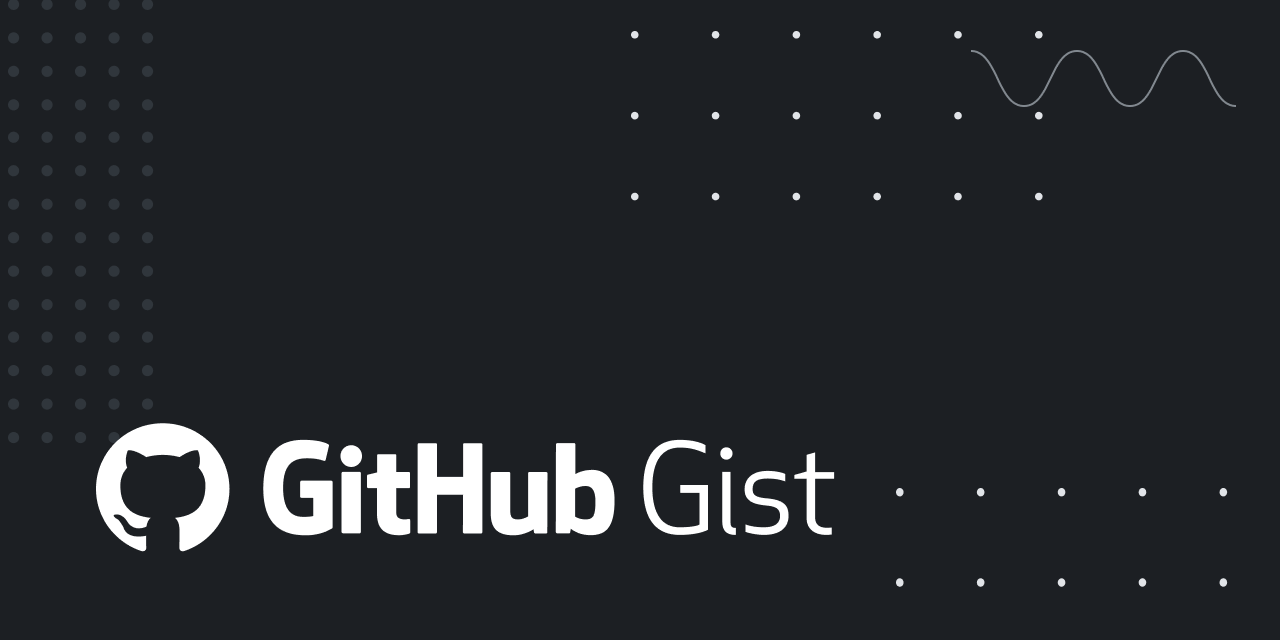

This is a great approach, but I find myself not trusting Jellyfin’s preauth security posture. I’m just too concerned about a remote unauthenticated exploit that 2fa does nothing to prevent.
As a result, I’m much happier having Jellyfin access gated behind tailscale or something similar, at which point brute force attacks against Jellyfin directly become impossible in normal operation and I don’t sweat 2fa much anymore. This is also 100% client compatible as tailscale is transparent to the client, and also protects against brute force vs Jellyfin as direct network communication with Jellyfin isn’t possible. And of course, Tailscale has a very tightly controlled preauth attack surface… essentially none of you use the free/commercial tailscale and even self-hosting headscale I’m much more inclined to trust their code as being security-concscious than Jellyfin’s.


I use k8s at work and have built a k8s cluster in my homelab… but I did not like it. I tore it down, and currently using podman, and don’t think I would go back to k8s (though I would definitely use docker as an alternative to podman and would probably even recommend it over podman for beginners even though I’ve settled on podman for myself).
Overall, the simplicity and lightweight resource consumption of podman/docker are are what I value at home. The extra layers of abstraction and constraints k8s employs are valuable at work, where we have a lot of machines and alot of people that must coordinate effectively… but I don’t have those problems at home and the overhead (compute overhead, conceptual overhead, and config-overhesd) of k8s’ solutions to them is annoying there.